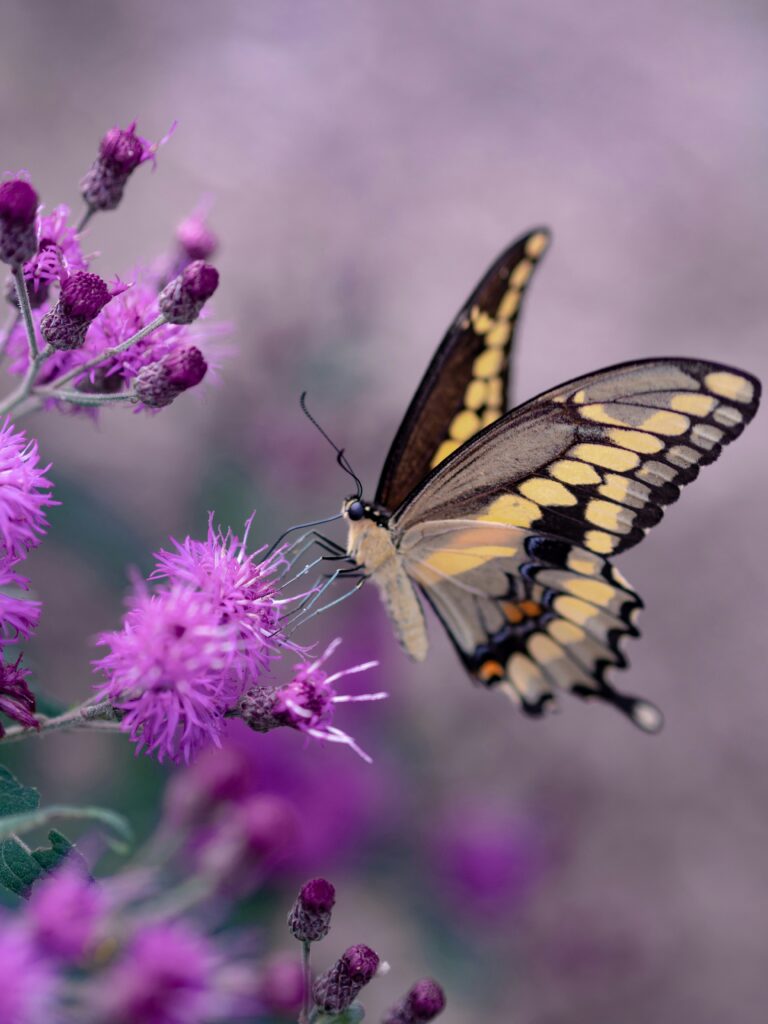Managing garden pests without putting beneficial insects at risk is a sustainable and ecologically friendly way to support plant health and richness. Beneficial insects that naturally control pest populations and aid pollination include ladybugs, bees, and lacewings. By using targeted, low-impact methods, harmful pests can be effectively managed.

Here are steps to ensure harmful pests are managed and beneficial insects are not harmed.
1. Recognize Beneficial Pests and Insects
Maintaining the health of your garden depends on identifying pollinators, such as bees and butterflies, and allies, such as insects like ladybugs, lacewings, and hoverflies. These pests are essential to the pollination of plants and crops and identifying them facilitates the application of targeted therapies.
2. Promote Helpful Insects in Your Garden
To attract beneficial insects, plant various flowers, including marigolds (also known as Zizi in Hausa, Obo in Yoruba, Ogwu Nsukka in Igbo), sunflowers (known as Oloko in Yoruba, Iku Yi in Igbo, Takalmi in Hausa), lavender (also known as Ugu Ogwu in Igbo, Efinrin wo in Yoruba, Kurni Mai in Hausa), and dill (also known as Obi Ulu in Igbo, Obedo in Yoruba, and Karangiya in Hausa). To construct a habitat, use natural plants, ground cover, or small piles of leaves or rocks. Avoid broad-spectrum pesticides, which can reduce beneficial insect populations because helpful insects (like butterflies) cannot differentiate between beneficial and harmful insects (like locusts, and caterpillars).
3. Practice Companion Planting
Plant species that naturally repel pests, such as garlic, mint, basil, and marigold, can be used without pesticides. Plant alyssum, fennel, and dill to attract predatory insects such as ladybugs, lacewings, and parasitic wasps.
4. Use Organic Pest Control Methods
Neem oil is a natural pesticide that is effective for soft-bodied pests, including caterpillars, whiteflies, and aphids. It should be carefully applied directly to the affected plants to avoid harming pollinators. Insecticidal soaps can be used to control mites, aphids, and whiteflies without harming beneficial insects in the long run. Applying them early in the morning or late at night reduces contact with pollinators. Diatomaceous earth (clay) kills exoskeleton pests (like millipedes, and plant hoppers) when sprayed on plants that they don’t visit, but it doesn’t harm people, pets, or helpful insects with flexible exoskeleton.
5. Use Physical and Mechanical Controls
Handpicking is a safe and effective method for larger pests like beetles and caterpillars. Remove pollinator coverings during flowering, use row covers and netting to keep pests away from plants, and use sticky traps and yellow tape around plant bases to catch flying pests like whiteflies. These methods target specific pests without affecting other beneficial insects in the garden.
6. Set Up Traps for Specific Pests
Beer traps for slugs and pheromone traps are good ways to control pests. Beer traps employ shallow dishes near plants to attract slugs, whereas pheromone traps use insect hormones to attract pests like moths or beetles while avoiding other insects.
7. Rotate Crops and Practice Soil Health
In addition to organic compost and soil health, crop rotation and soil health can help reduce insect accumulation in particular crops and bolster plants’ natural defenses.
8. Encourage Natural Pest Predators
Gardens can attract birds, frogs, and toads by providing feeders, birdbaths, and nesting spots. Small backyard ponds can attract toads and frogs but keep them away from dangerous materials. Bat houses may be erected to control nocturnal flying insects and preserve local bat populations.
9. Spot-Treat Infestations
Simply treat the affected area when controlling pest outbreaks to lessen the impact of non-target insects. To manufacture safe DIY pest repellents that don’t harm beneficial insects, use soap, garlic, or Chile. Test on a small area first to avoid damaging plants.
10. Monitor Your Garden Regularly
Daily plant examinations, especially of the undersides of the leaves, can aid in the early detection of insect problems and the avoidance of more serious ones. By documenting pest problem trends, natural pest management can be achieved by crop rotation, pest control, and planting scheduling.

Conclusion
A healthy ecology is a result of using natural pest control techniques and safeguarding beneficial insects. A balanced garden can be produced with little intervention by knowing its function, promoting its existence, and employing low-impact control techniques. This will lessen reliance on chemicals and benefit plants, beneficial insects, and the garden ecosystem as a whole.





